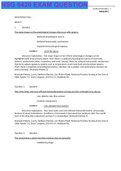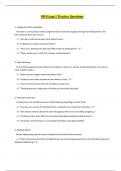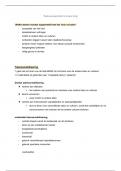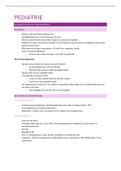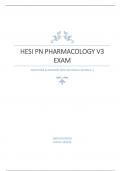Samenvatting
Summary of all lectures
- Instelling
- Rijksuniversiteit Groningen (RuG)
This summary helped me a lot studying for the MRM exam. I took a lot of time summarizing everything and used mainly this document to study and get an 8.4 as a result. The screenshots are from the lecture. If you know the content lectures, in my opinion you know enough to pass this course. There are...
[Meer zien]






